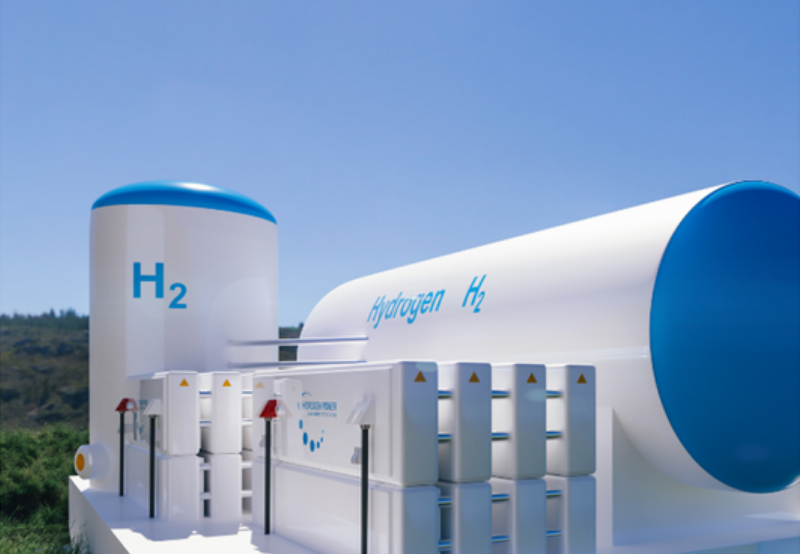Green hydrogen is one of the primary prominent contenders for a replacement for fossil fuels. It is seen and projected as a solution to environmental degradation caused by the excessive use of fossil fuel emissions, which is leading to global warming and the climate crisis. The eco-friendly fuel is easy to transport, manufacture, recycle, and store, making it the ultimate energy fuel of the future.
India is heavily dependent on energy imports, with oil and gas accounting for nearly 80 per cent of the country’s energy needs. The heavy reliance on imported fossil fuels not only makes the country vulnerable to any price shocks and volatility but also exposes us to geopolitical risks.
As per data from the International Energy Agency (IEA), India is the world’s third-largest emitter of greenhouse gases, accounting for around 7 per cent of global emissions. However, at the 2021 United Nations Climate Change Conference, India pledged to reach net-zero emissions by 2070. Since assuming its G20 presidency in December last year, the country has been trying to lead the charge in the global action on climate change and green hydrogen can be a key enabler to help us build a low-carbon economy.
India has an abundance of natural resources with a solar potential of 750 gigawatts (GW) and a total wind potential of 302 GW. By using these resources in green hydrogen production, the country can reduce its dependence on imported fossil fuels while also furthering its climate change commitments.
The country has pledged to reduce its greenhouse gas emissions intensity by 45 per cent by 2030 compared to 2005 levels and green hydrogen can play a leading role by replacing fossil fuels in sectors such as transportation, industry, and power generation.

















